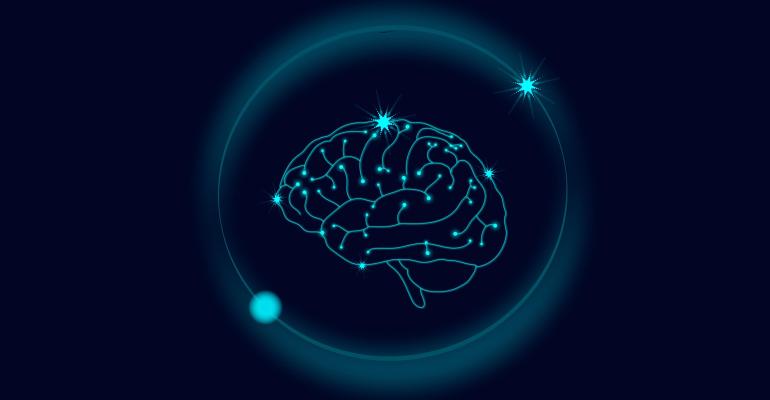This article originally appeared on AI Business.
Intel has developed the world's largest neuromorphic computer system, a hardware stack modeled after the complexities of the human brain.
Named Hala Point, the computing system is designed to support researchers attempting to build next-generation AI models.
The computer was deployed at Sandia National Laboratories in Albuquerque, New Mexico.
Hala Point contains 1,152 Loihi 2 processors that support up to 1.15 billion neurons and 128 billion synapses distributed over 140,544 neuromorphic processing cores.
The hardware is capable of supporting up to 20 quadrillion operations per second, or 20 petaops and achieves up to 12 times higher performance compared to Intel’s initial neuromorphic system, Pohoiki Springs.
Such power exceeds that achieved by GPU and CPU-based systems while using 100 times less energy despite being 50 times faster than conventional hardware.
Intel said Hala Point “could enable future real-time continuous learning for AI applications” like AI agents, large language models and smart city infrastructure management.
“The computing cost of today’s AI models is rising at unsustainable rates,” said Mike Davies, director of the Neuromorphic Computing Lab at Intel Labs. “The industry needs fundamentally new approaches capable of scaling. For that reason, we developed Hala Point, which combines deep learning efficiency with novel brain-inspired learning and optimization capabilities.
“We hope that research with Hala Point will advance the efficiency and adaptability of large-scale AI technology.”
Hala Point is a research prototype and is not available for purchase. Intel says it expects it to become a foundation for future products and help reduce computing intensities due to AI.
Neuromorphic computing is a developing field focused on building systems that mimic the human brain's neural plasticity, or the brain's ability to adapt and change through experience.
Unlike traditional computing systems that use binary code, neuromorphic systems use networks of artificial neurons and synapses to process information.
Researchers believe by mimicking how the human brain learns, using prior examples and experiences, systems become more efficient and can process information better.
Beyond Intel’s efforts, Google DeepMind is looking at the concept of NeuroAI, which focuses on teaching AI tasks that it learns from memory rather than merely training it with ever-increasing increments of data.
Other neuromorphic hardware systems include IBM’s NorthPole semiconductors, which mimic how the human brain processes information but on a single chip.
Intel’s neuromorphic computer system can power deep learning models processing workloads including video, speech and wireless communications.






